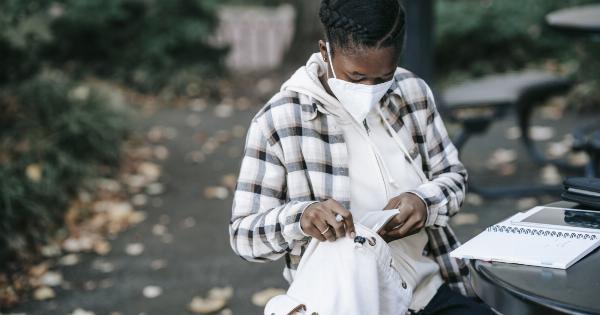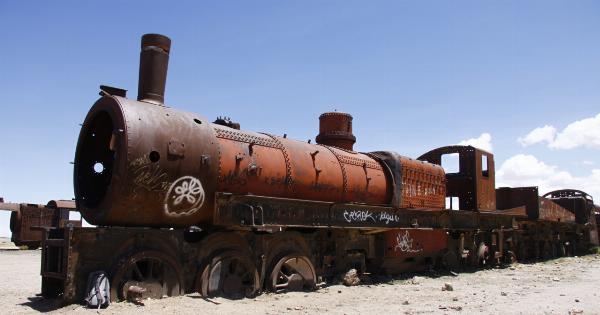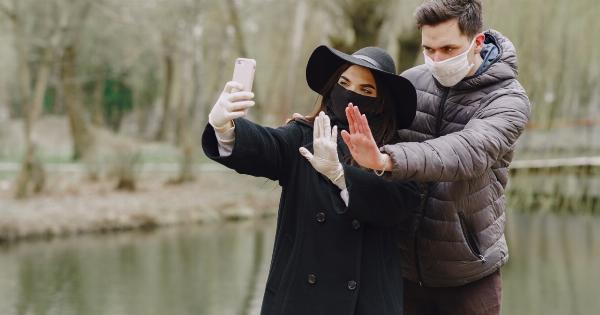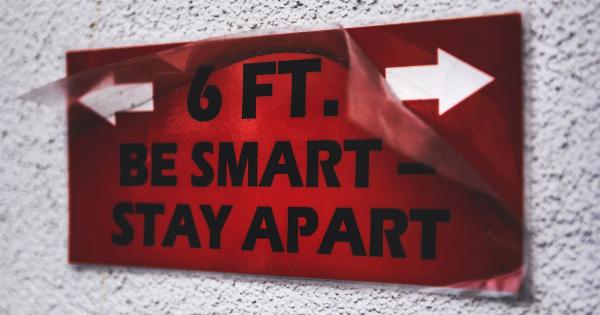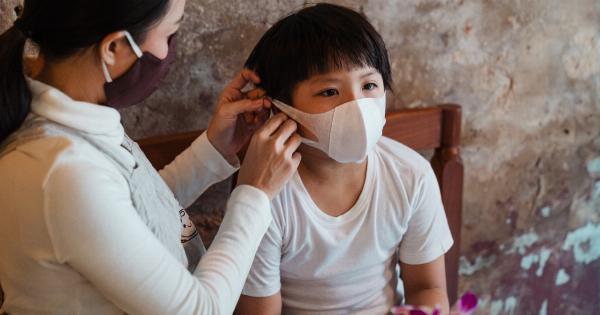Storms are a naturally occurring phenomenon and are a result of the Earth’s atmosphere’s constant movements and fluctuations.
Although they are a crucial part of the world’s ecosystems, they can also be incredibly destructive, and protecting ourselves from them is essential to human life.
The Importance of Storm Protection
Storms are unpredictable and can cause enormous amounts of damage at a moment’s notice. They can spawn dangerous winds, torrential rain, lightning, thunder, and flooding, all of which can be incredibly dangerous to human life.
To mitigate the risk to our lives and properties, we must prepare ourselves for the threats that each storm holds.
What is Storm Protection?
Storm protection is the set of measures we take to prepare and protect against the harmful effects of a storm.
These measures may include building fortified structures, such as storm shelters or storm windows, or strategic landscaping that may serve as an effective barrier against strong winds. Additionally, storm protection measures encompass strategic planning, such as assembling emergency kits, evacuation plans, and disaster preparedness drills as a routine.
Types of Storms & the Precautions We Take
Thunderstorms
Thunderstorms are some of the most common and least dangerous types of storms that affect people. They usually last for a brief period and can be accompanied by lightning, thunder, heavy rain, and gusty winds.
Thunderstorms can serve as an excellent reminder to prepare for bigger storms that may be on the way, and the best precautions for thunderstorm protection include:.
- Staying inside with the windows closed and avoiding direct contact with water or metal objects when lightning is expected.
- Avoiding outdoor activities during a thunderstorm.
- Disconnecting electrical appliances and turning off electronics during thunderstorms to avoid damage from power surges.
Tornadoes
Tornadoes are one of the most violent storms you can experience. With the capability of demolishing entire communities within seconds, they can be incredibly destructive and damaging to human life.
Handling tornadoes requires advanced preparation and skills, and some of the recommended safety measures include:.
- Staying inside or, if outside, finding a low-lying area to take cover.
- Seeking shelter in a sturdy structure or storm cellar.
- Avoiding areas with windows, large open spaces, or high walls without roof access.
Hurricanes
Scientists classify hurricanes as tropical cyclones that form over warm ocean waters and come in different categories, from Category 1 to Category 5, depending on their wind speed.
Hurricanes are often accompanied by heavy rain and storm surges, which can cause significant flood damage in its path. Protection against hurricanes includes the following measures:.
- Evacuating, if advised by local authorities, to stay away from harm’s way.
- Boarding up windows and protecting doors to minimize the risk of wind and projectiles entering your home or business.
- Stashing away food, water, and supplies that you may require during the storm and the following days, just in case of an emergency.
Floods
Flooding can result from different causes and can happen in any area, regardless of how flat or how high the ground is.
Whether caused by heavy rainfall or sudden snowmelt, floods can cause massive damages to buildings and infrastructure, as well as human life. To avoid harm in floods, follow these precautions:.
- Stay alert to warnings and evacuation orders given by the authorities.
- Move to higher ground if advised to do so by the authorities or if you perceive imminent danger.
- Stay far from areas that are already reported to be flooded and never try to drive or walk where you cannot see the land beneath the water surface.
Conclusion
Storms can be impressive natural events, but too many times, they can serve as life-threatening. Protecting ourselves and our property from their destructive power is a crucial, proactive step that we must take to ensure our safety.
Be informed, plan ahead, and take action when the warnings come; there is nothing more valuable than our lives, and they matter more than anything else.









